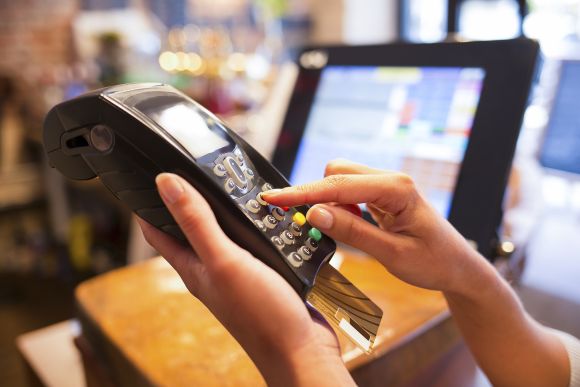Fast casual restaurants have been the fastest growing segment in the foodservice industry over the last decade and will continue to grow and steal market share in 2014 as they become more innovative, explore new daypart opportunities and refine their positioning to reach consumers looking to dine out, but also watch how much they spend.
At the end of 2013, the fast casual segment represented more than $31 billion of the total $660 billion in restaurant industry sales and is predicted to grow 10% in 2014.
With the segment’s continued growth and success, both full-service and quick-service restaurants are segueing into the market by adapting and repositioning their brands to mimic fast casual concepts – further blurring the lines between each segment, while simultaneously increasing competition.
In order to maintain their success, the leading fast casual chains are separating themselves through a variety of tactics, including finding additional revenue streams such as expanding into different dayparts.
Fast Casual’s Opportunities at Breakfast
In fact, the fast casual restaurants that had strong breakfast and snack offerings had more success in 2013 than those concepts that did not.
While overall restaurant visits are higher during the weekends than the week days, the daypart that experienced the strongest growth across both weekdays and weekends was breakfast – which had a 2% increase during the last year.
Comparatively, overall restaurant visits rose only 1% on weekends and traffic remained completely flat during the week.
Additionally, more than four-fifths of consumers say they visit a fast casual restaurant at least once a month with 60% of those regular customers buying breakfast during those visits.
As the breakfast daypart flourishes, leading fast casual operators are taking note – more than 28% of fast causal chains currently offer breakfast.
Tapping Into the Breakfast Opportunity
To truly understand the potential that the breakfast daypart has, it’s imperative to drill down and see what differentiates your guests by daypart – because variations do exist in consumer profiles based on daypart usage.
This begs the question, how do you identify and quantify a new daypart opportunity?
The answer can be summed up in two words: customer analytics.
With either your time-stamped transaction data or your customer data combined with Buxton’s credit card partner transaction data, it’s possible to develop customer profiles based on daypart consumption patterns.
Buxton is able to build daypart models so restaurant clients can understand what the affect of evolving competitors and customers would have on different dayparts’ sales.
With these models, Buxton’s restaurant clients optimize operations by determining if adding a breakfast daypart would be effective by forecasting each locations performance.
This would translate to finding each location’s optimal performance in each segment, resulting in a more profitable site location.
The Bottom Line
The introduction of the breakfast daypart gives fast casual operators a chance to drive growth, expand their customer base and offer a new type of experience for current customers. However, fast casual operators will also face new competitors and changing customer profiles over the course of the day. In order to capitalize on the emerging breakfast opportunity, it’s essential to come to the table with the competitive edge given by customer analytics.
To learn more about how customer analytics can help fast casual restaurants turn up the heat on this new daypart, contact us.


